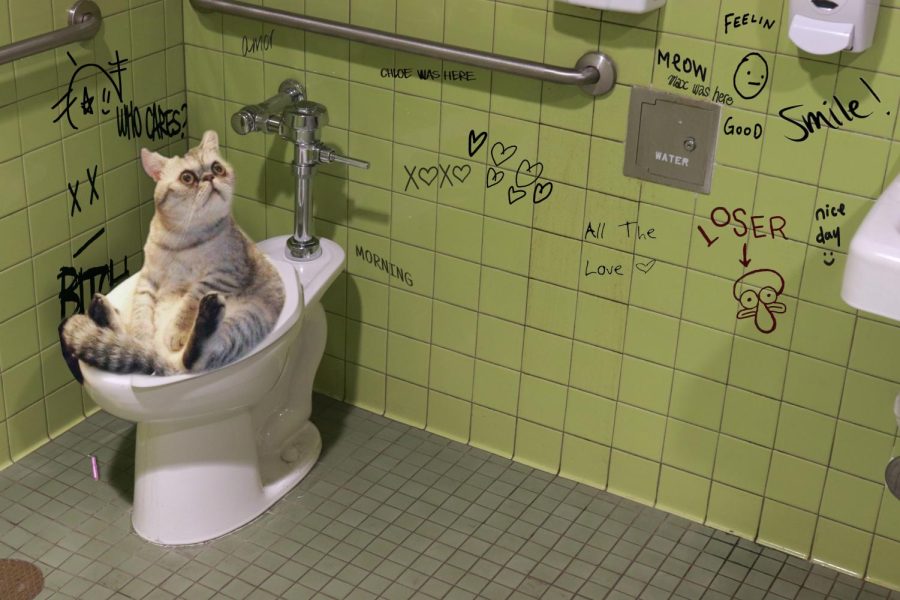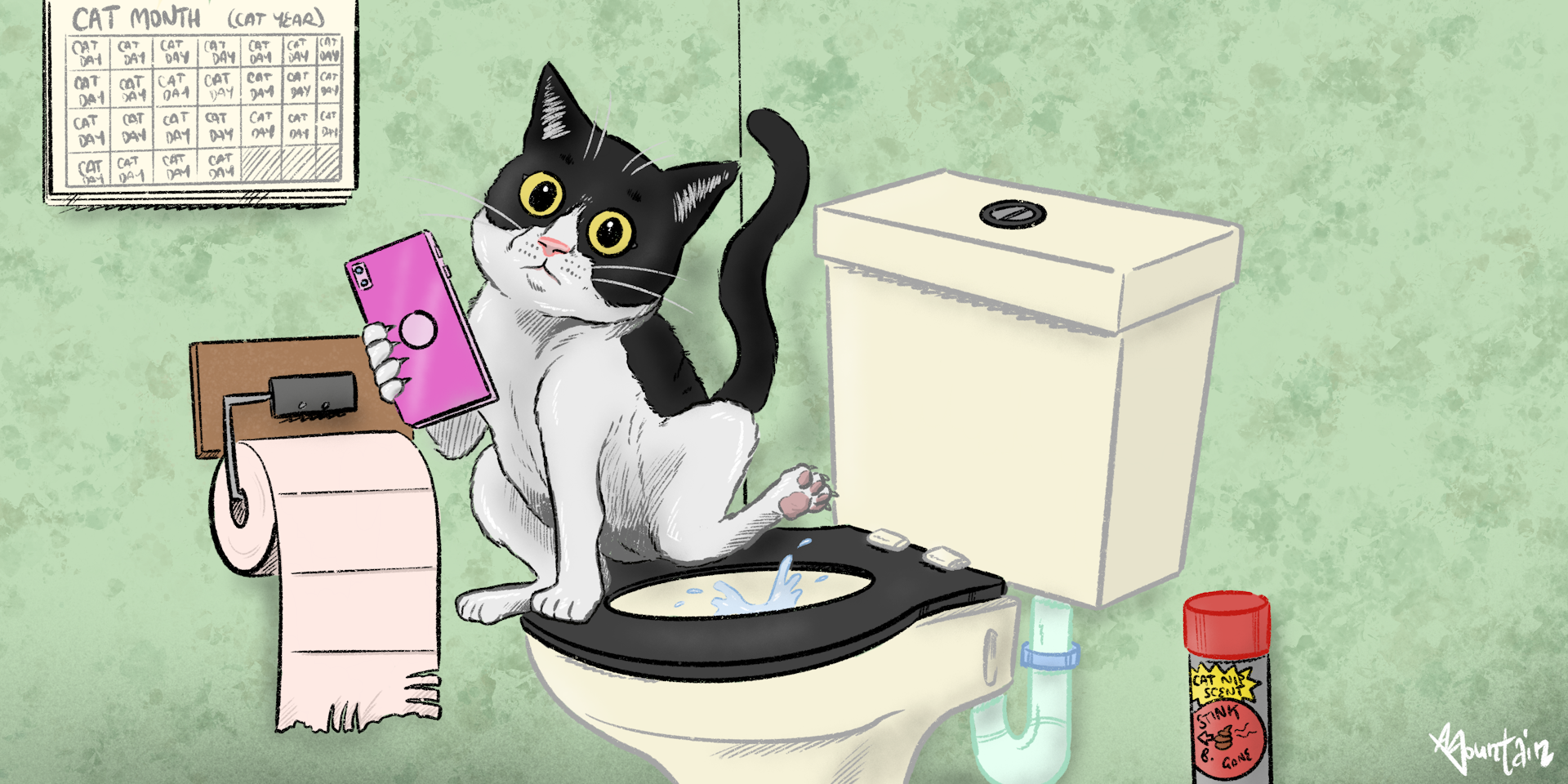How Flushing Animal Waste Down the Toilet Is Harmful
How Flushing Animal Waste Down the Toilet Is Harmful
Blog Article
We have stumbled upon this great article on 4 Reasons Why Dog Poop Cleanup is Important listed below on the internet and decided it made perfect sense to write about it with you in this article.

When it pertains to dealing with waste, specifically animal waste, many individuals usually resort to the convenient alternative of flushing it down the bathroom. Nevertheless, this seemingly very easy service can have major repercussions for the setting and public health. In this article, we'll discover why flushing pet waste down the toilet is a negative idea and give alternate methods for correct disposal.
Introduction
Appropriate garbage disposal is crucial for maintaining ecological sustainability and public health. While it may appear harmless to purge animal waste down the commode, it can bring about different problems, both for the environment and human health.
Threats of flushing animal waste
Ecological impact
Flushing pet waste presents hazardous bacteria and virus right into waterways, which can negatively affect marine environments. These microorganisms can infect water resources and injury marine life, interrupting fragile environments.
Public health concerns
Animal waste consists of dangerous microorganisms such as E. coli and Salmonella, which can position severe health dangers to people. Purging animal waste down the bathroom can contaminate water supplies, bring about the spread of illness and infections.
Alternatives to flushing
Instead of purging pet waste down the toilet, there are numerous different disposal approaches that are a lot more eco-friendly and hygienic.
Composting
Composting pet waste is a green means to throw away it. By composting, organic matter is broken down into nutrient-rich dirt, which can be made use of to feed gardens and plants.
Land fill disposal
Throwing away pet waste in a landfill is another option. While not as eco-friendly as composting, it is a safer option to flushing, as it avoids the contamination of water sources.
Pet garbage disposal systems
There are specialized pet waste disposal systems offered that securely and hygienically dispose of pet waste. These systems commonly use enzymes to break down waste and remove odors.
Actions to appropriate pet waste disposal
To guarantee proper disposal of pet waste, adhere to these actions:
Scooping and nabbing waste
Consistently scoop and bag animal waste making use of naturally degradable bags. This prevents waste from infecting the setting.
Using assigned waste bins
Dispose of bagged pet waste in designated waste containers, such as compost bins or garbage dump containers. Avoid flushing it down the toilet in any way expenses.
Cleaning up litter boxes and family pet areas frequently
Consistently clean can and pet dog areas to stop the build-up of waste and microorganisms. Usage pet-safe cleaning products to keep health.
Benefits of correct disposal approaches
Taking on proper disposal methods for animal waste supplies numerous advantages:
Minimized environmental pollution
Proper disposal methods reduce the threat of environmental pollution, protecting waterways and communities from contamination
Decreased risk of water contamination.
By avoiding flushing animal waste down the commode, the danger of water contamination is dramatically lowered, protecting public health.
Enhanced sanitation and hygiene
Proper disposal methods advertise far better sanitation and hygiene, producing a much safer atmosphere for both humans and animals.
Conclusion
In conclusion, flushing animal waste down the toilet is unsafe to the setting and public health. By embracing different disposal techniques and adhering to appropriate waste management techniques, we can minimize the negative influence of animal waste and add to a cleaner, much healthier planet.
What To Do With Dog Poo – The Do's And Don'ts Of Disposing Of Faeces
Dog poo bins
Some councils provide dedicated dog waste bins in popular dog-walking areas that can take dog poo that has been bagged but you can legally dispose of dog waste in any public litter bin, as long as it is securely bagged. This also applies to your wheelie bin at home.
Do not flush
Water companies do not recommend flushing dog faeces down the toilet because certain parasites can survive the water processing treatment and are potentially harmful to humans. You should also never consider flushing dog poo that has been bagged down the toilet as the bags will not break down and instead create severe blockages in the sewage system.
In the woods
The Forestry Commission promotes a ‘stick and flick’ method for dealing with waste in the woods. This means finding a stick and using it to flick any poo from off the path so that it is out of the way of other walkers. You could also bury it as long as it is not in an area where there might be livestock.
Livestock
Parasites found in dog poo can be transmitted to livestock if they inadvertently eat infected faeces that has been left on grazing land. This could result in the death of sheep or abortion in cattle so you should always make sure you pick up your dog’s waste in fields where livestock could be present.

Consistently clean can and pet dog areas to stop the build-up of waste and microorganisms. Usage pet-safe cleaning products to keep health.
Benefits of correct disposal approaches
Taking on proper disposal methods for animal waste supplies numerous advantages:
Minimized environmental pollution
Proper disposal methods reduce the threat of environmental pollution, protecting waterways and communities from contamination
Decreased risk of water contamination.
By avoiding flushing animal waste down the commode, the danger of water contamination is dramatically lowered, protecting public health.
Enhanced sanitation and hygiene
Proper disposal methods advertise far better sanitation and hygiene, producing a much safer atmosphere for both humans and animals.
Conclusion
In conclusion, flushing animal waste down the toilet is unsafe to the setting and public health. By embracing different disposal techniques and adhering to appropriate waste management techniques, we can minimize the negative influence of animal waste and add to a cleaner, much healthier planet.
What To Do With Dog Poo – The Do's And Don'ts Of Disposing Of Faeces
Dog poo bins
Some councils provide dedicated dog waste bins in popular dog-walking areas that can take dog poo that has been bagged but you can legally dispose of dog waste in any public litter bin, as long as it is securely bagged. This also applies to your wheelie bin at home.
Do not flush
Water companies do not recommend flushing dog faeces down the toilet because certain parasites can survive the water processing treatment and are potentially harmful to humans. You should also never consider flushing dog poo that has been bagged down the toilet as the bags will not break down and instead create severe blockages in the sewage system.
In the woods
The Forestry Commission promotes a ‘stick and flick’ method for dealing with waste in the woods. This means finding a stick and using it to flick any poo from off the path so that it is out of the way of other walkers. You could also bury it as long as it is not in an area where there might be livestock.
Livestock
Parasites found in dog poo can be transmitted to livestock if they inadvertently eat infected faeces that has been left on grazing land. This could result in the death of sheep or abortion in cattle so you should always make sure you pick up your dog’s waste in fields where livestock could be present.

I'm just very inquisitive about Don't Flush Your Pets Poo Down The Loo, Vet Warns and I'm hoping you enjoyed reading my piece. I beg you take a moment to promote this article if you enjoyed reading it. I am grateful for your time. Don't forget to come by our website back soon.
Call Us Today Report this page